On a symbolic level, the garden is our original home, a hortus conclusus, an architectural composition of earth, a material metaphor for our relation to nature. The gardens, which the hands of humans have cut, trimmed, cropped, watered; these shapes, figures and collections, tell us something about ourselves as a species. Different times have brought forth different gardens. A chronological mapping of materialisations born from control and separation, care and attentiveness, kinship and entanglements.
This article is part of The NXT: Being of Place magazine
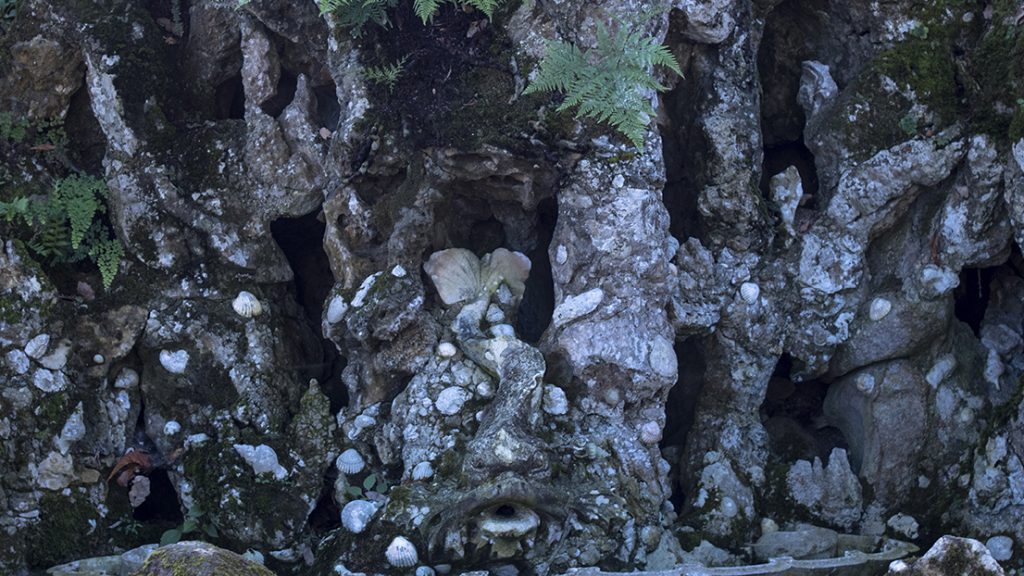
The immense castle gardens found all around Europe hold stories of status symbols, reflections of the creators and embodiments of power relations. The colonial era spread seeds far and wide, from the holds of ships, seized by birds, spread through the digestion systems of pigs, found by strangers that radically changed landscapes everywhere.
The European settlers created changes that can only be compared to the impact of an asteroid on the surface of Earth. An asteroid on the surface of Earth. The plantations wiped out languages, species and peoples. Priming today’s industry. Patterns were embedded in the gardens to signal order, cleanliness and control. Social meeting places for certain people, arm-in-arm whispering the latest rumours, areas for meditation and lingering.
From a biblical perspective, the original garden, the Garden of Eden, is a place the first people had to leave because of a desire for knowledge. A bite of one apple that led to an expulsion into the earthly life. A story that enveloped people in a nature understanding rooted in separation and dominance. And when we are separate from nature, we can also be separate from each other. The original separation occurs, as self-appointed rulers who could only dream of getting a glimpse of a wandering nature god, Pan, at the edge of the forest at sunset. Also, Pan was banished by Christianity, and in today’s northern European landscapes, his enigmatic flute playing is no longer heard.
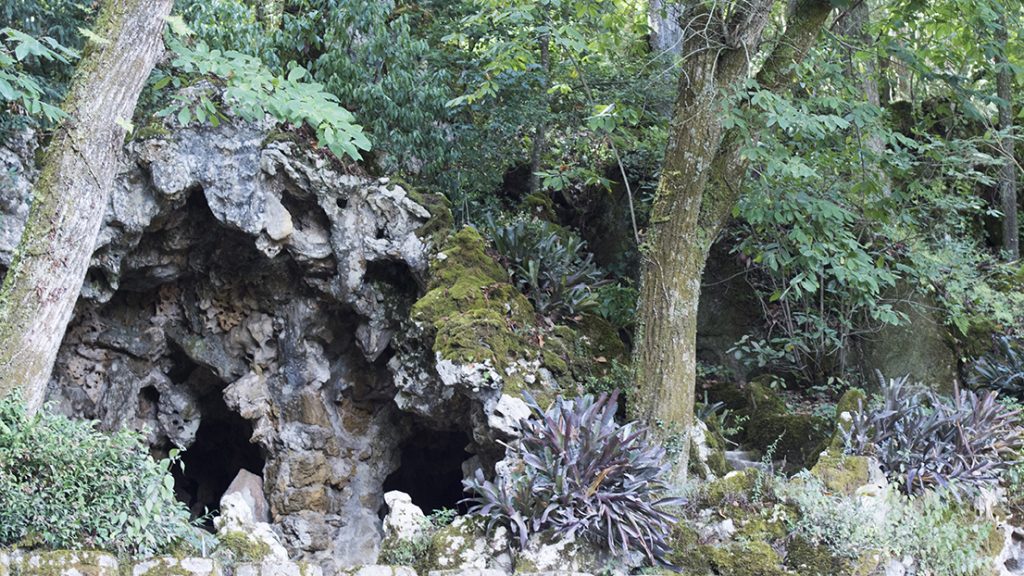
In Cosmographia, an account of creation from the 12th century by the philosopher Bernard Silvestris, the garden Gramiseon is introduced, in which the goddess Physis sits in a meditative slumber and dreams of primeval man. Together with the Natura goddess, a first human being is created “with spirit from the heavenly and body from the earthly.” Humans as an addition to the already existing biological world. A tale of harmony and connectedness.
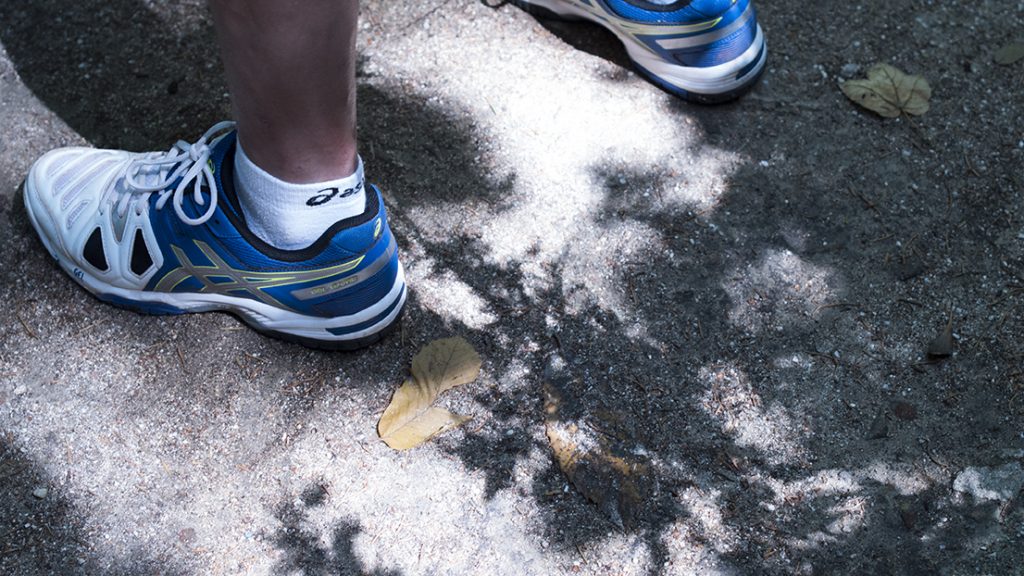
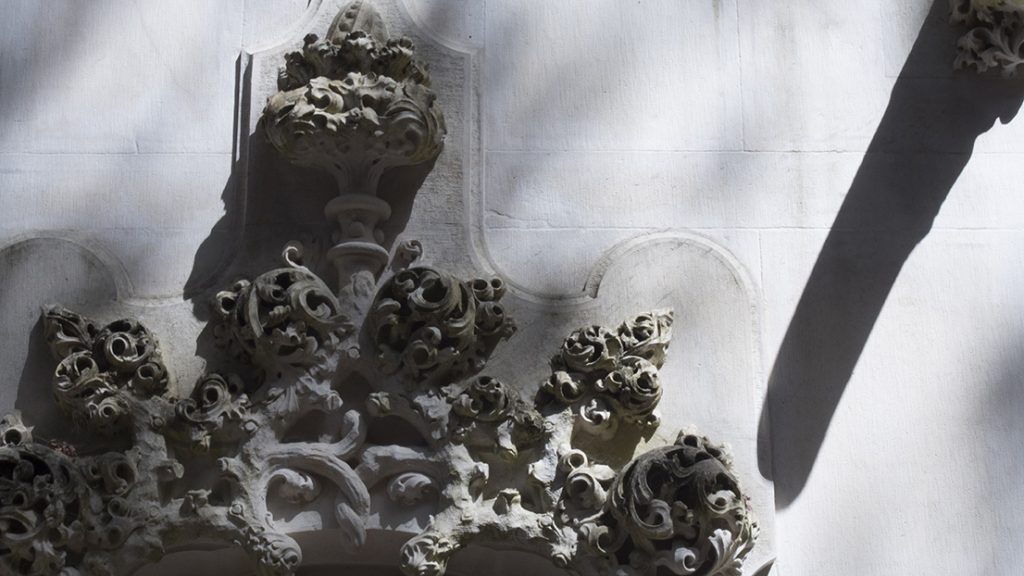
Gardens could be mysterious labyrinthic places with secret codes, hidden symbols, underground tunnels, and sacrificial tables. Green signals of religious preferences. In the craters from the allies’ bombs, unknown plants grew in Berlin – this is where citizen botany started. In the post-war period, the private garden became an idyllic place for normality to unfold. A place to meet over meals and drinks or the sight of Grandma bent over, always weeding with soil under her nails. Today, they grow ‘Wild on Purpose’, and the private garden proves to have a revolutionary potential through its liberation from regulations, in the struggle for buzzing life.
We are probably facing a completely new perception of what a beautiful garden is. A territory for many different life expressions, a place for materialising connectedness, as something that does not grow only for humans. Somewhere to practice, that we humans are not always at the centre. And I wonder if you can imagine how new types of sensitivity towards the landscapes not only increases biodiversity, but also evokes new hybrid nature gods? Because if you miss the rain, how long does it take before you start singing the water out of the clouds? If you miss the rain, how long before you start dancing water out from the clouds? Can you imagine how that very desire which threw us out of the Garden of Eden, now invites us into new sensitive encounters with the world – approaches that turn people into custodians of the landscapes? Can you imagine the garden as a symbol for an exploration of new ways that we can engage with and care for the habitats and the biotopes?
If the garden can be said to be a miniature of a whole, then it is exactly the perfect playground for exploring new forms of desire, narratives and new ways people can interact with and stimulate life.
A place where we learn to respect the Earth.
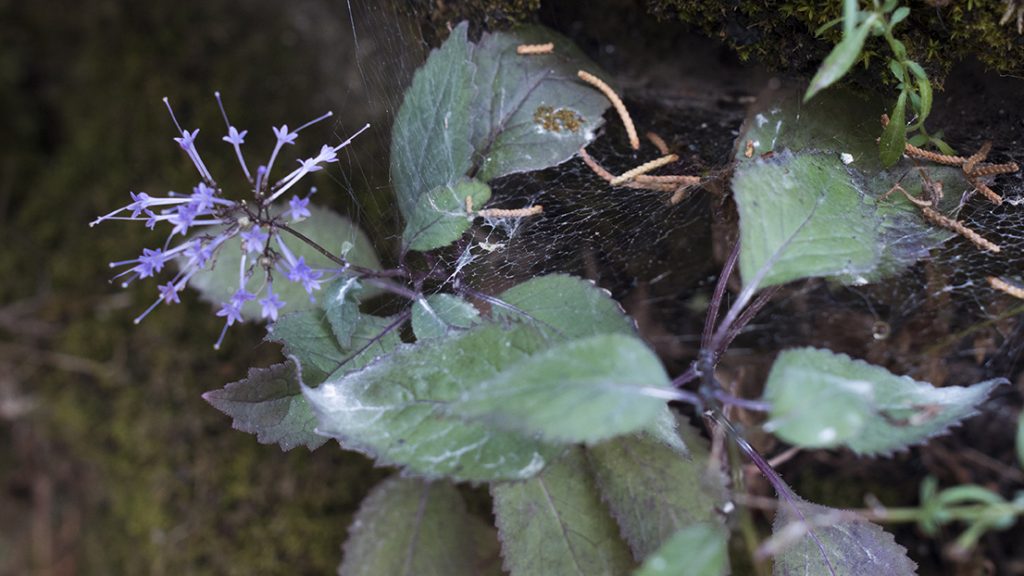
Text and photos by Madeleine Kate McGowan. Photos taken in Sintra in Portugal.